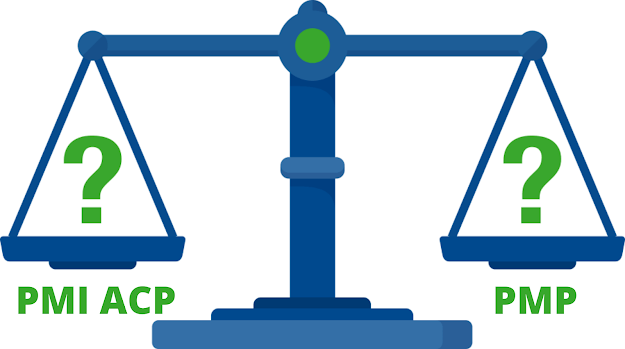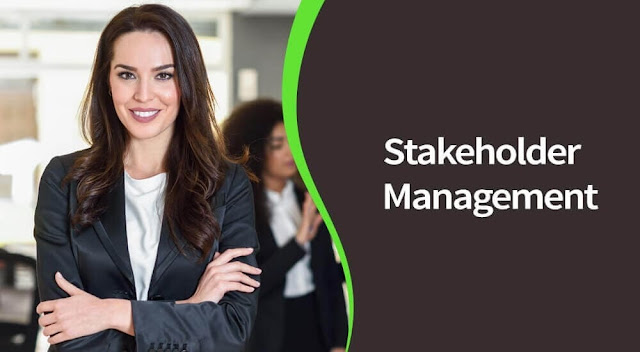In an era of globalization and digitization, data zips across the globe, while people and processes span countries and continents. It poses a significant challenge to manage and solve process issues using traditional tools that were developed assuming co-located processes, people and data.
The COVID-19 pandemic has pushed this situation to the extreme. While this virus is challenging many business models and causing a great deal of pain to many organizations, the need to improve processes has not taken a back seat. In fact, the ability to make efficient and effective adjustments will determine which companies will remain in business. Future work arrangements will likely not go back to normal and employers will have to embrace remote working options to attract and retain talent. This also allows employers to shrink their real estate footprint and associated expenses as many are located in high-cost urban centers. And reducing those office footprints will help companies meet environmentally friendly goals, with less heating and cooling of large buildings and less driving as employees work from home.
Moving to Remote
But all of these trends resulting from the pandemic inevitably affect our ability to examine and improve processes using traditional tools that assume that the interactions between people can be facilitated in face-to-face meetings. Teams are now expected to collaborate online to deliver the work on a day-to-day basis. When Lean initiatives require Kaizen events, the traditional approach of getting everyone in the same room to interact and come up with solutions is not possible.
Even before the COVID-19 outbreak, the numbers of people working remotely was growing. According to GlobalWorkplaceAnalytics.com, 20 percent to 25 percent of the workforce teleworked at some frequency prior to the pandemic. Studies repeatedly show employees are not at their desk 50 percent to 60 percent of the time in the office. The employee population as a whole grew by 1.9 percent from 2013 to 2014, while employees who telecommute grew 5.6 percent. Forty percent more U.S. employers offered flexible workplace options than they did five years before.
The Situation
In one of my previous jobs, I was responsible for continuous improvement within a 400-employee division of a global bank in more than 10 locations, mostly in North America but a few in Asia. When a speed-to-market initiative was launched that could potentially affect all employees, a cross-functional team of nine individuals who were located in seven different states across the U.S. was assembled. Each person was located in a different location making travel for a Kaizen event infeasible.
Nonetheless, the work had to go on. One of the key baseline metrics was to get the voice of the employee. It was decided to sample the organization with a series of focus group sessions involving about 80 employees in eight focus group sessions.
We used a digital learning solution, Adobe Connect, to facilitate the sessions. The facilitator posed questions that appeared on the screen and participants shared their thoughts on the questions either in a chat mode or entered their feedback anonymously on a digital whiteboard. The chat and whiteboard feedback were saved for later analysis. We collected more than 100 unique process pain points that were categorized in multiple ways for analysis.
Assign a Producer and Facilitator
Before we embarked on the actual Kaizen event, we had to select a producer for our event. The role of the producer is a critical to conducting these virtual events. The producer is responsible for the technical aspects like managing the various windows, chat pods and moving items in the whiteboards. This frees the facilitator to concentrate on keeping the discussion going without being bogged down by administrative issues.
The main difference between facilitating virtual sessions and face-to-face sessions is that the facilitator controls all aspects of the process in face-to-face sessions. Since there is a lot of activity happening simultaneously on the screen in multiple windows – presentation, chat and talking – a producer takes care of technical aspects of a virtual event, like sizing the windows, loading the presentation and creating breakout rooms, and supporting the facilitator in the background.
Use Chat and Whiteboard Feedback
We conducted a Kaizen event over three days using Adobe Connect. This tool allowed us to chat to start our brainstorming in addition to talking about the problem and view a presentation and data simultaneously. The screen could be divided into many pods – the presentation containing the analysis was shared and a virtual dialogue happen in the chat mode in real time where we could make note of who was making which comments. This was in addition to being able to provide verbal feedback in the conference call.
The chat mode provided a way for the team to provide feedback without having to wait for a particular speaker to finish speaking. This real-time feedback makes it possible for the speaker to clarify their ideas and also makes it easier for team members who are not always comfortable speaking up to participate. In addition to the chat mode, the digital whiteboard provided a way for someone to anonymously write down their thoughts for discussion, which meant we have another avenue for employees to challenge leader perceptions. At the end of each day the producer saved all the chat information and whiteboard information.
Figure 1: Initial Voice of the Employee Collection
How to Overcome Virtual Kaizen Challenges
The virtual environment creates some unique challenges to make the discussions active. Here are some ways to create more discussions.
1. Create tension: Open two chat pods for opposing points of views and ask the participants to add at least one thought in each pod; for example, pros and cons, advantages and disadvantages, quick wins and roadblocks.
Figure 2: Address Oppositional Points of View Openly
2. Allow for multiple scenarios: Create a chat pod for each multiple future state and allow everyone to contribute, but limit participation to three scenarios at a time for maximum productivity.
Figure 3: Scenario Expansion
3. Create breakout groups: Using this tool allowed us to subdivide into groups to focus on smaller problems; our phone lines travelled with the groups allowing us to have multiple conversations simultaneously. With a click of a button the producer was able to move the team members to subteams with their own chat and digital whiteboards, and their phone discussions were limited to the subteams. The producer jumped between groups and moved the facilitator to various groups as needed. This allowed us to break up into teams when needed and bring the larger group together when the time limit expired. This allowed an easier venue for people who are shy and who are not adept at jumping in the conference line to participate in the smaller groups. This was a critical functionality that replicated an in-person Kaizen event.
4. Take polls: This involves taking the brainstorming ideas and creating a poll to be voted on by participants. This allowed us to keep moving if we had majority agreement on any of the ideas. While this is easy to do if the event is conducted in a room, polling remained valuable when individuals are in remote locations and may not be able to see each other’s faces. The producer and facilitator need to plan for this step and create the appropriate questions.
Figure 4: Polls Deployed During Virtual Kaizen Event
Team Fishbone
We were able to complete four fishbone diagrams to identify the root causes of our major pain points using the digital whiteboard. The facilitator asked “Why?” and the participants typed their thoughts in the chat box which was visible to everyone. Then we would stop and have a discussion on the most appropriate cause; the results were then transferred to the fishbone diagram on the digital whiteboard by the producer.
Figure 5: Sample Fishbone Diagram on Digital Whiteboard
Use an Engagement Dashboard
Finally, the tool allowed us to create a virtual engagement dashboard that provided a visual indication of the level of participation by the team. It shows how many questions are being asked in Q&A pods, response rate to polls, attendance counts and more to help the facilitator gauge audience engagement – especially after lunch.
The opportunity for team members to multitask and ignore the participation requirements is high in the virtual environment; this tool allows for discrete monitoring and intervention by the facilitator if necessary.
Figure 6: Engagement Dashboard
Lessons Learned for a Successful Virtual Kaizen
In order to have a successful virtual event, be sure to follow these guidelines.
◉ Have a rough agenda with slack time built into the schedule to account for delays and technical issues.
◉ Inform the participants ahead of time what to expect and walk through the agenda at the start.
◉ Since the facilitator is unable to see the facial expressions and non-verbal reactions, make sure to verbally confirm agreement individually with participants. Silence may not indicate agreement. Allow anyone to private chat with the facilitator if they are not willing to put something in group chat.
◉ Have a detailed planning meeting with the producer to plan the types of windows and their relative sizes that will be needed for each agenda item. If these are created earlier, then they can be launched as needed without requiring downtime during the event. Use this time to think of any polls that you would like to do with the group to pre-populate the questions.
◉ Have a private chat open with facilitator and producer to exchange logistics messages that the team need not see and get distracted.
◉ Expect to take 20 percent to 30 percent more time than in a face-to-face event as a lot more time is spent typing by every participant. It is not possible to type in chat and have a meaningful discussion at the same time. Plus, not everyone can type fast.


























